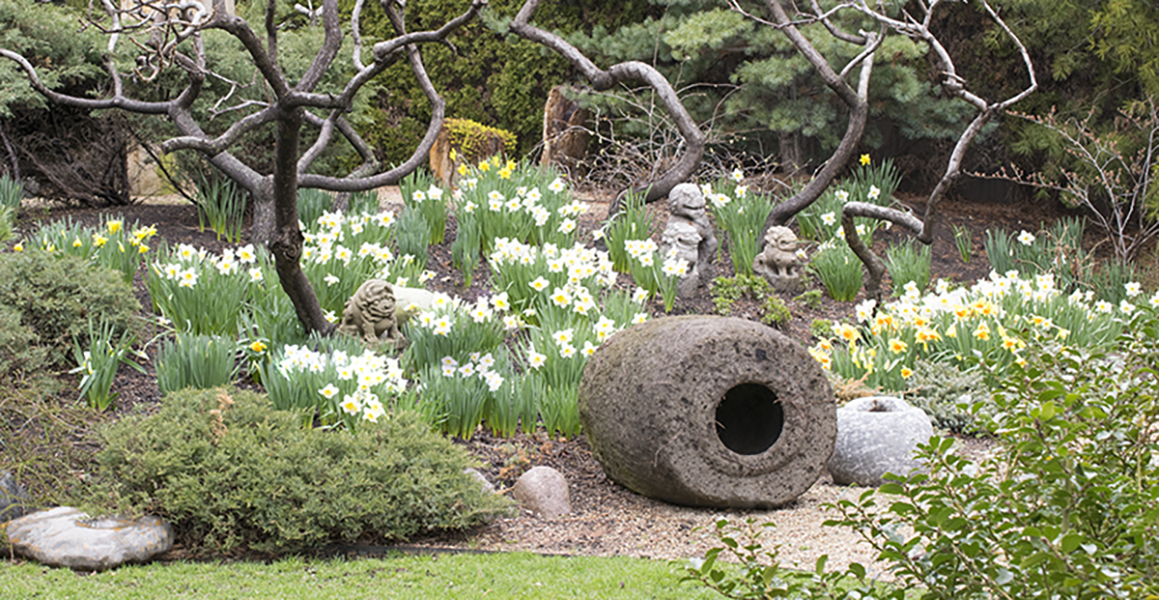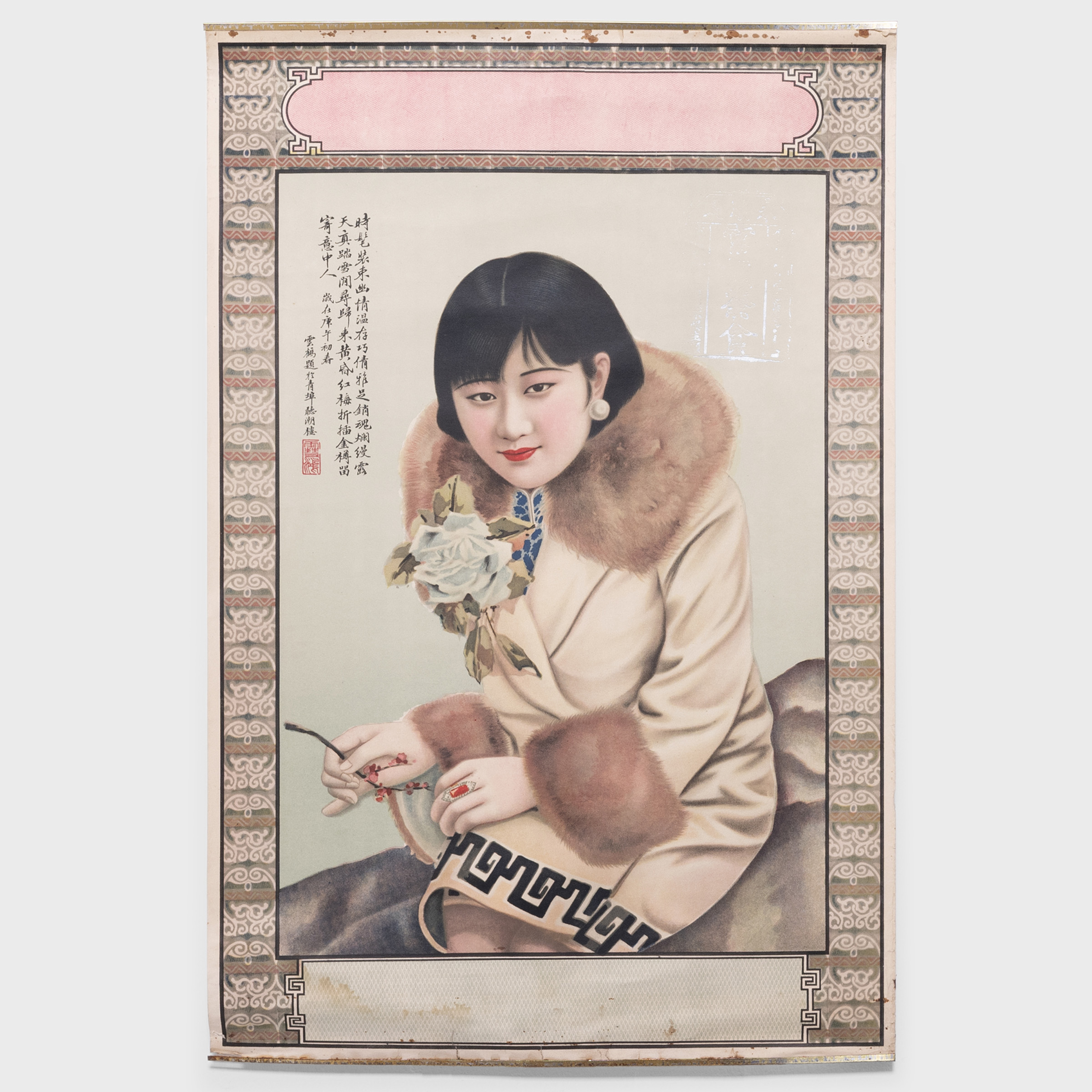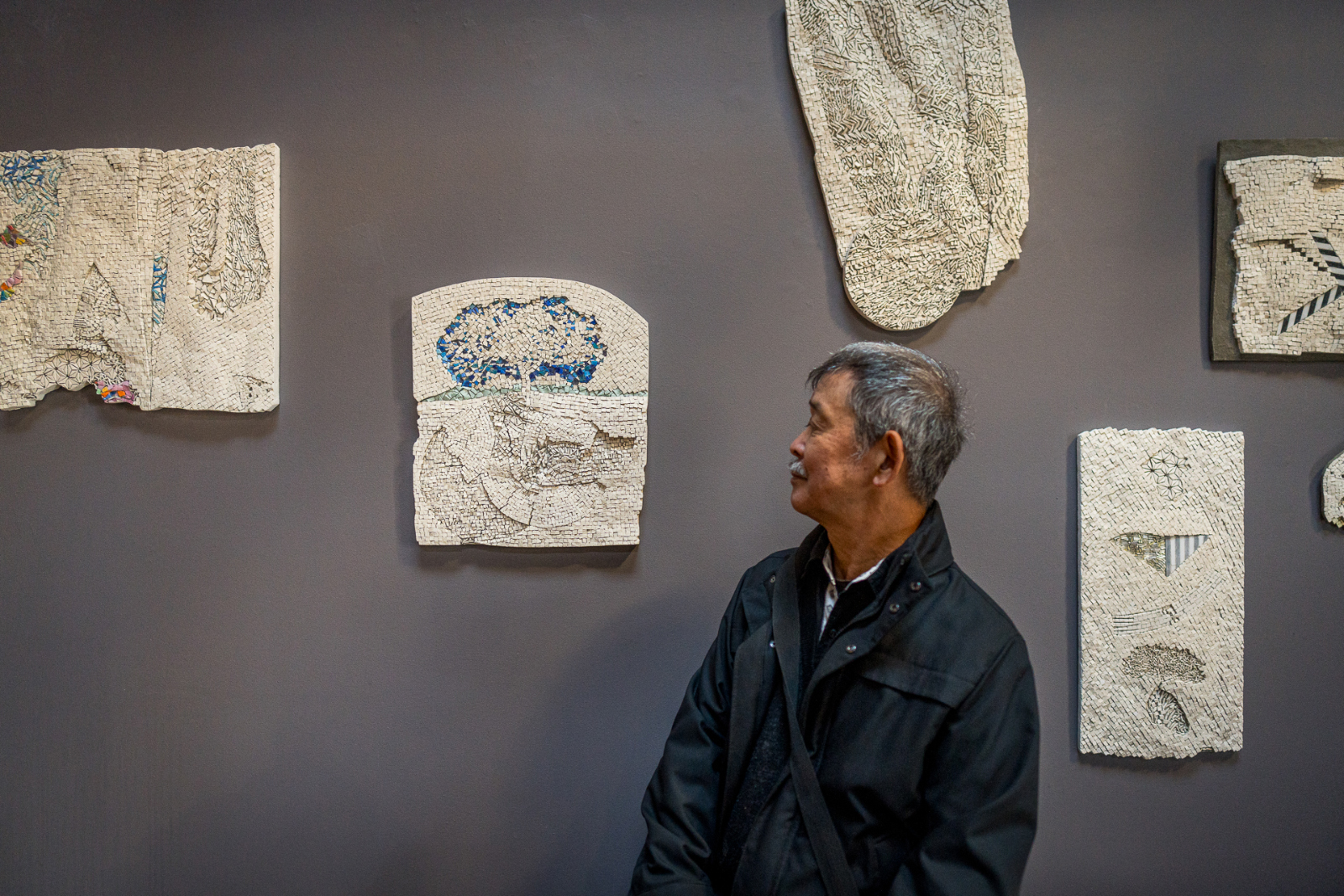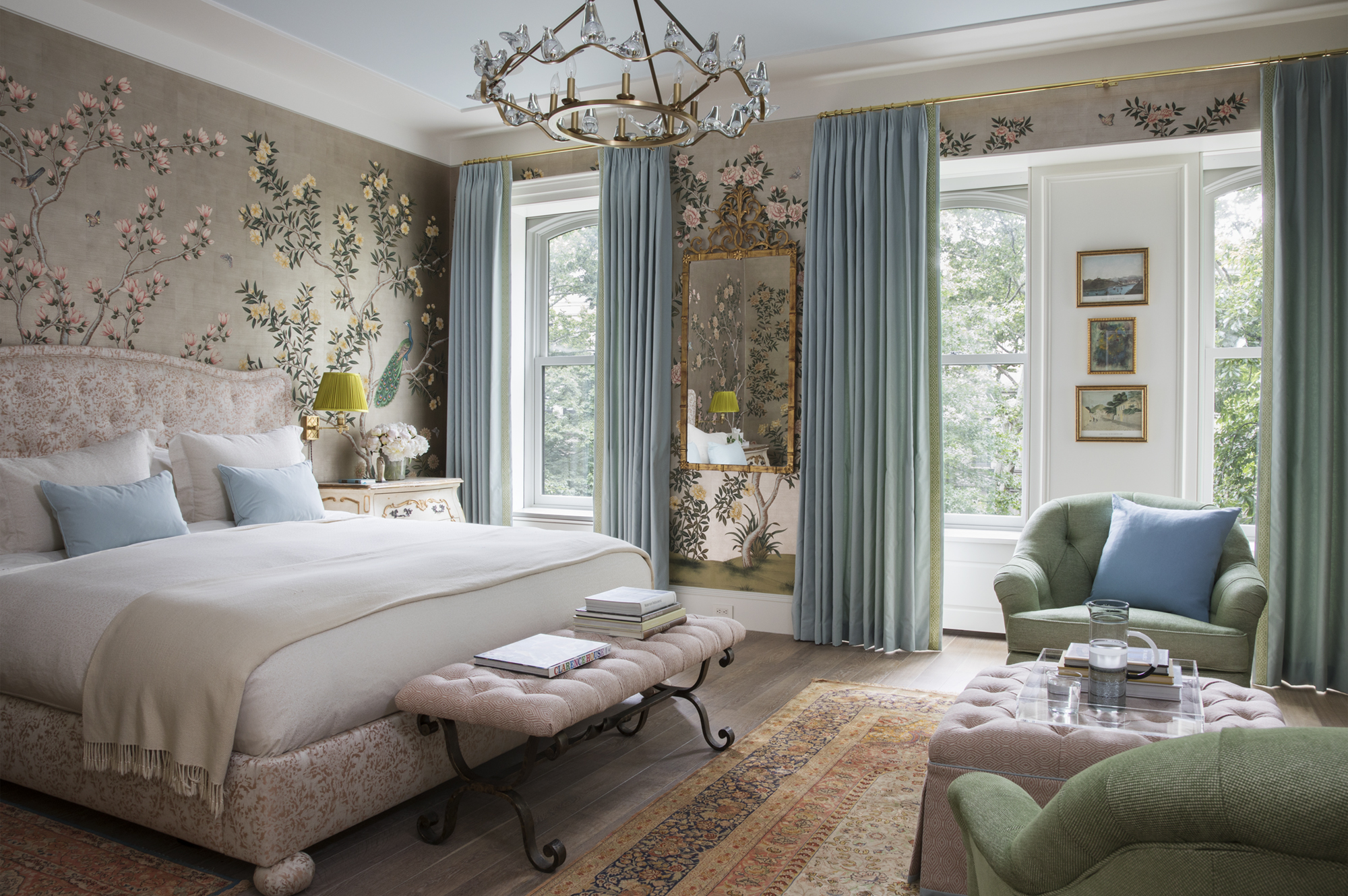
Kevin Isbell: Sensing a Space
“You have to listen to what a home tells you and go with it,” says Kevin Isbell. The designer, who lived and worked in New York for 18 years, recently moved to Los Angeles, where he’s attuning to a new language of architecture, space, and light. “Color is different in California,” he says. “It’s a clearer light out here.” In his own 1920s Brentwood Spanish Colonial, Isbell is playing with texture in a house that “doesn’t feel like it wants color.” Rather than Chinoiserie wallpaper and Oushak carpets, he’s reaching for wicker, polished rosewood, and longhaired Moroccan rugs. In every project, Isbell pays attention to the way a space evokes the senses.
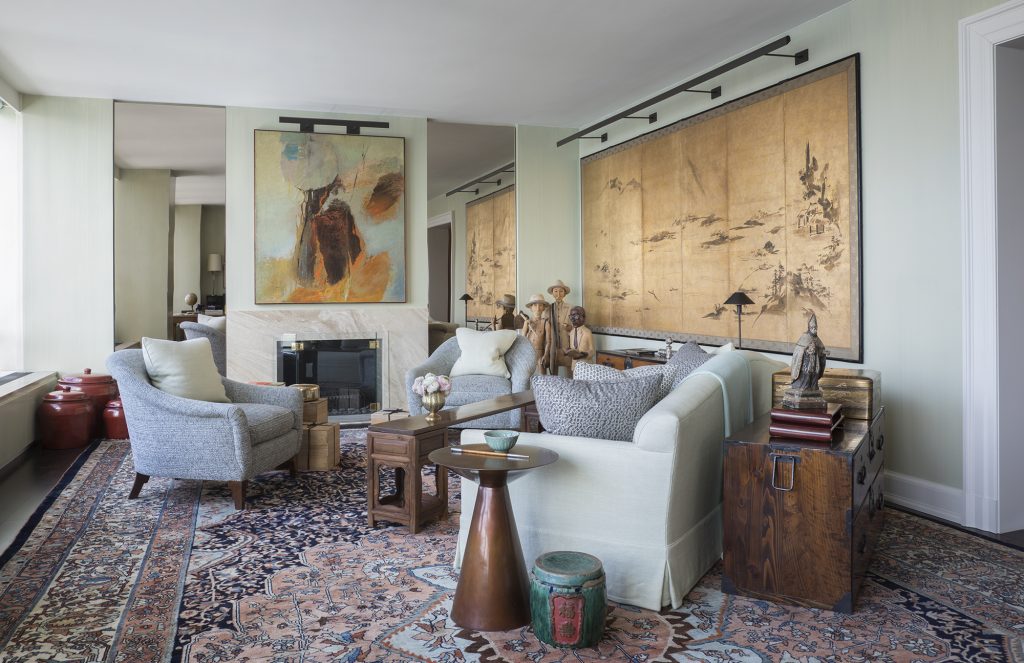
Midtown East Home Designed by Kevin Isbell. Photo: Kevin Isbell Interiors.
Another skill involves awareness of sight lines and views. Isbell works by walking through a space, visualizing it, and hand-drawing his design schemes. “I’m a luddite in that regard,” he says, yet the process of translating three-dimensional space by hand helps him prioritize the most important moments in an interior. “I’m always asking myself, ‘What do you see when you first open the door?'”
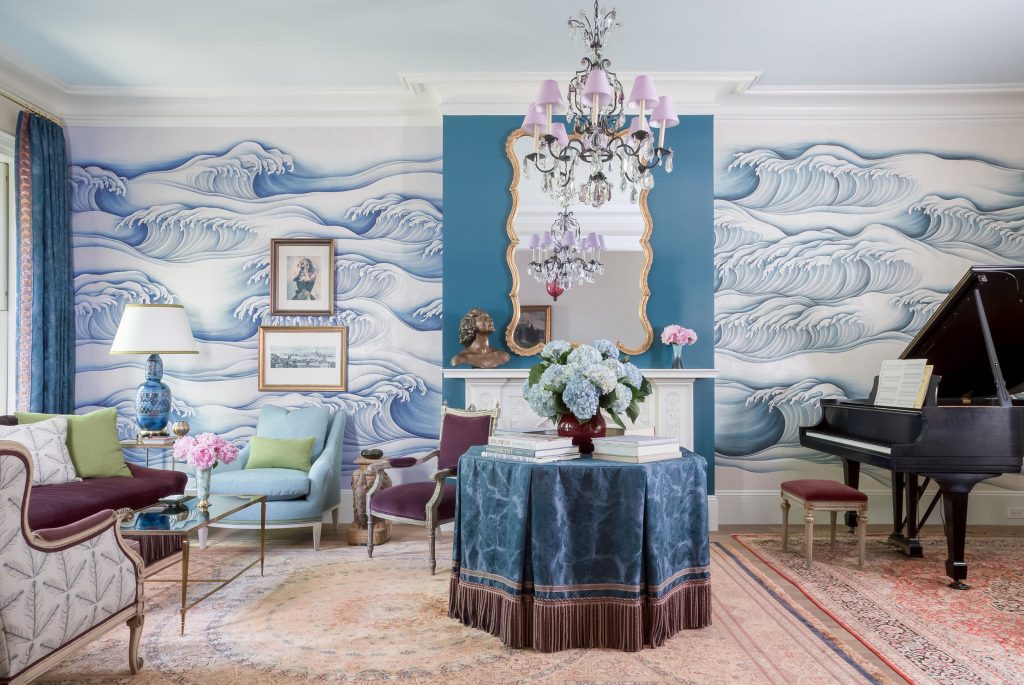
Park Slope Home Designed by Kevin Isbell. Photo: Kevin Isbell Interiors.
Juxtapositions between objects and environments make his spaces memorable. In a Park Slope home, Isbell enveloped a traditional room in Gracie’s Wave Wallpaper, a contemporary interpretation of an iconic Japanese seascape. Rather than using the pattern rather predictably in a beach house, he made it the highlight of a neoclassical parlor. “[The home] is in the middle of New York City,” Isbell says. “That’s what makes it so interesting and unexpected. You walk in, turn the corner, and it takes your breath away.”
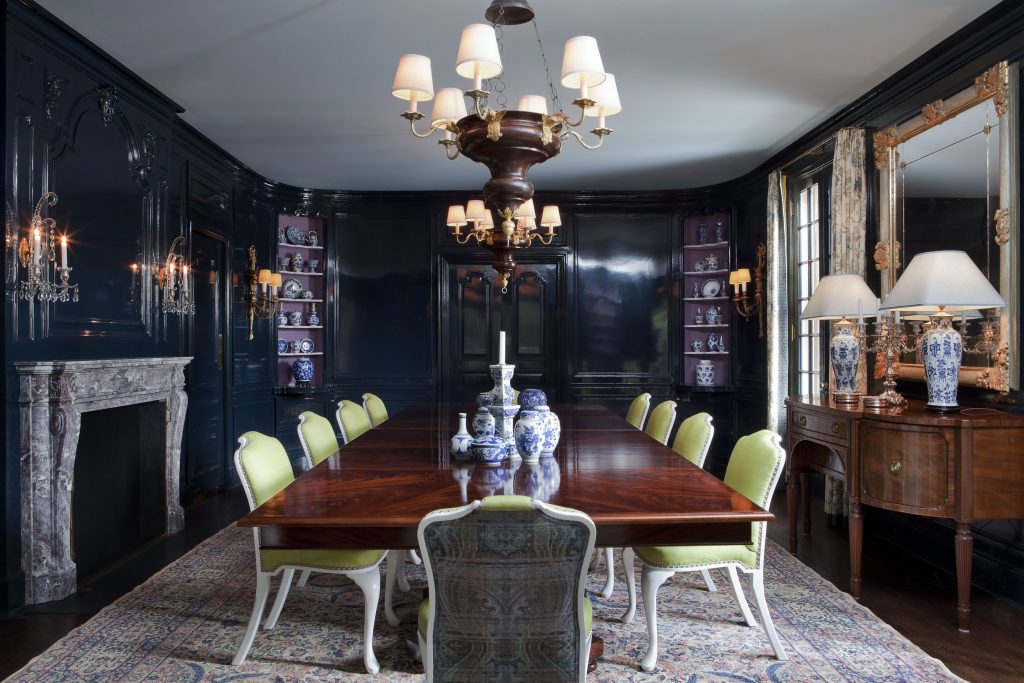
Greenwich Estate Designed by Kevin Isbell. Photo: Kevin Isbell Interiors.
Individuality also appears in small details, which Isbell admits he “obsesses” over. “I’ll often do the outside or back of a chair in a different fabric,” he says, “or, on the sofa, I’ll do a welt in a different fabric.” Surfaces and shelves also create moments of discovery. In a Midtown home, Asian antiques are used in clusters (like a grouping of blue-and-white vases on a cabinet) or as quiet, singular moments (like a bronze Buddha on a pedestal, against a backdrop of gilded wallpaper).
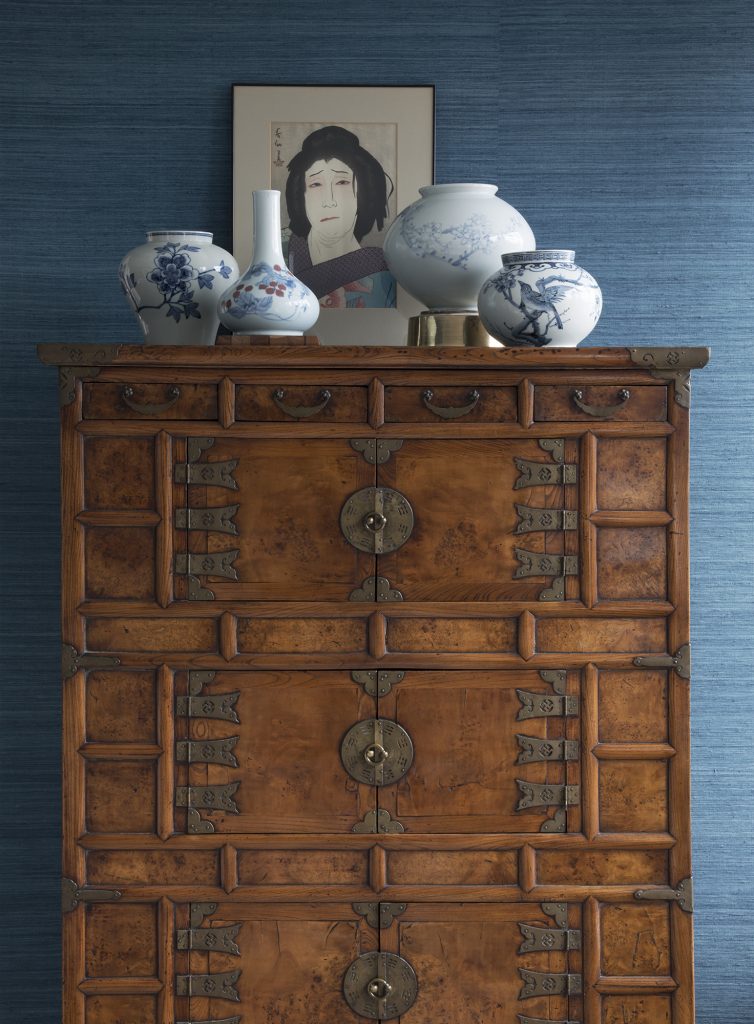
Midtown East Home Designed by Kevin Isbell. Photo: Kevin Isbell Interiors.
Isbell loves to use antiques in unorthodox ways. The trick is to master proportion and scale, which he says “separates a good designer from a mediocre one.” He advises studying old master paintings and looking at what works in rooms you find successful.
“I like to take a beautiful chest of drawers and have it retrofitted as a sink. I’m always looking for ways to combine finishes and mix periods. I often pair high and low, matte and shine—I love putting a modern lamp on an antique piece.”
In a Manhattan dining room, a glass-topped table and mirrored wall reflect the cityscape outside, while Gracie’s Midnight Pavilion wallpaper sets a classical gold Chinese landscape against Asian antiques and terra cotta folk sculptures.
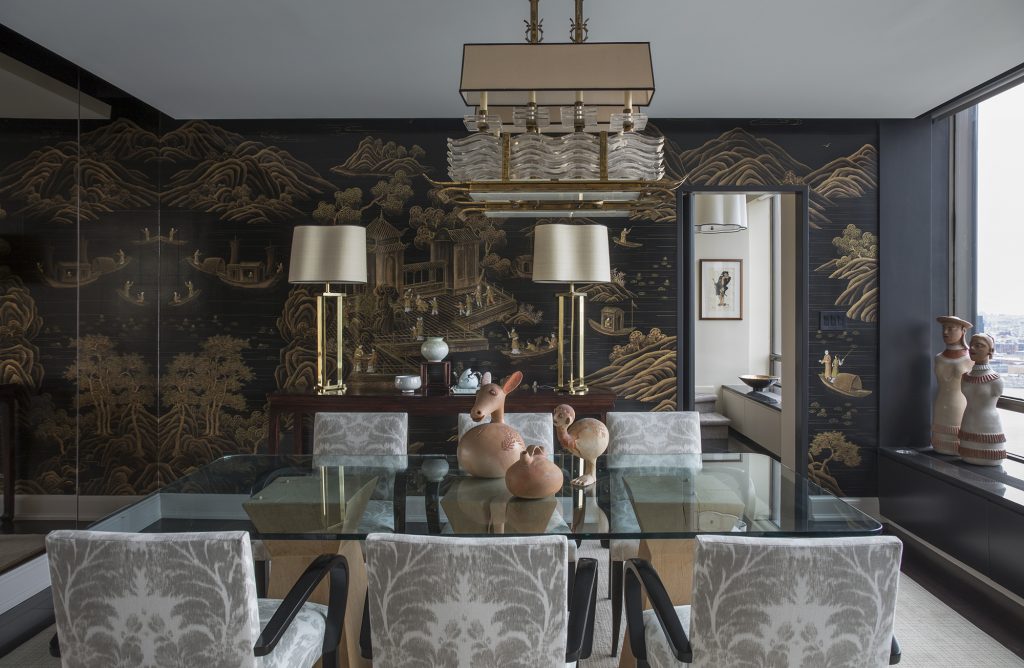
Midtown East Home Designed by Kevin Isbell. Photo: Kevin Isbell Interiors.
It’s a testament to his range that Isbell is able to move so deftly between Manhattan’s modern skyscrapers, Brooklyn’s prewar brownstones, and L.A.’s expanse of single-story, mid-century homes. Never limited to a single style, Isbell freely blends design eras.
“There’s nothing that’s going to bring soul, personality, and character to a house like vintage and antique pieces,” he says. “I like to incorporate things that have some history to them. It makes your home unique.”
This approach lends his interiors a personal quality that transcends trends. Isbell is careful about choosing projects, with no more than five a year on his plate. “I want to be able to obsess about the doorknob in a home,” he laughs. “Hiring me is an investment, so I try to steer my clients towards something timeless.”
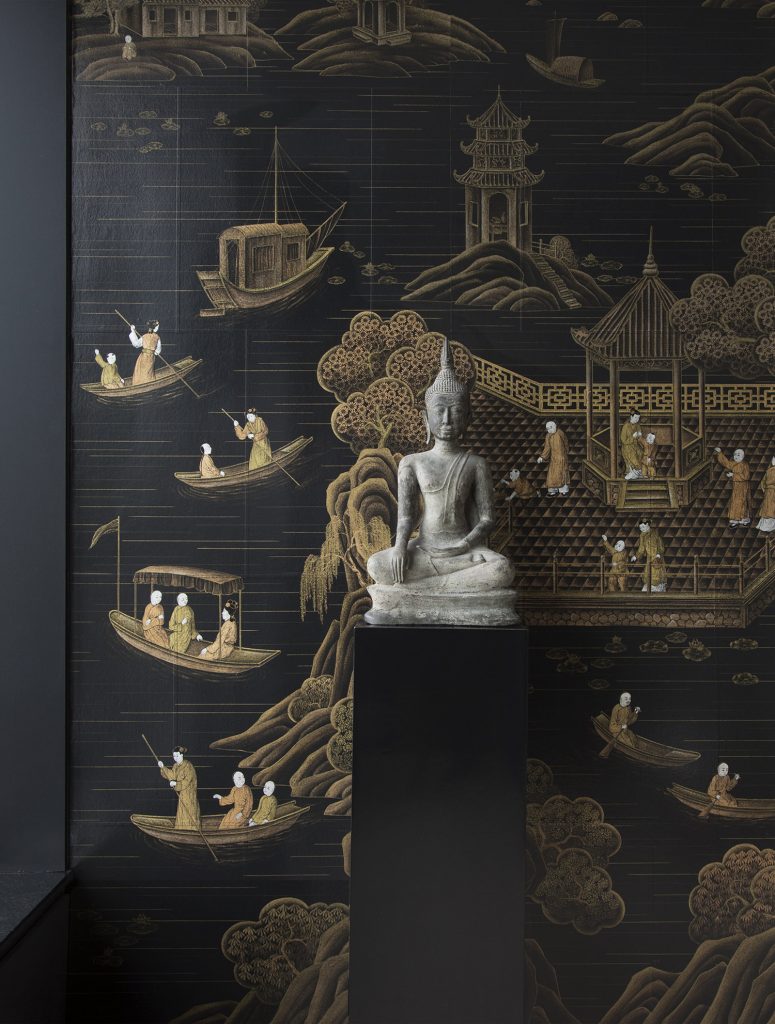
Midtown East Home Designed by Kevin Isbell. Photo: Kevin Isbell Interiors.

Are you an architect or designer with a story to tell?
Register with us to receive exclusive discounts and benefits, plus free shipping on your first order. Trade professionals are also eligible for collaborative features on our blog and social media channels. Please note that trade registration with PAGODA RED is only open to interior design and architecture professionals.
